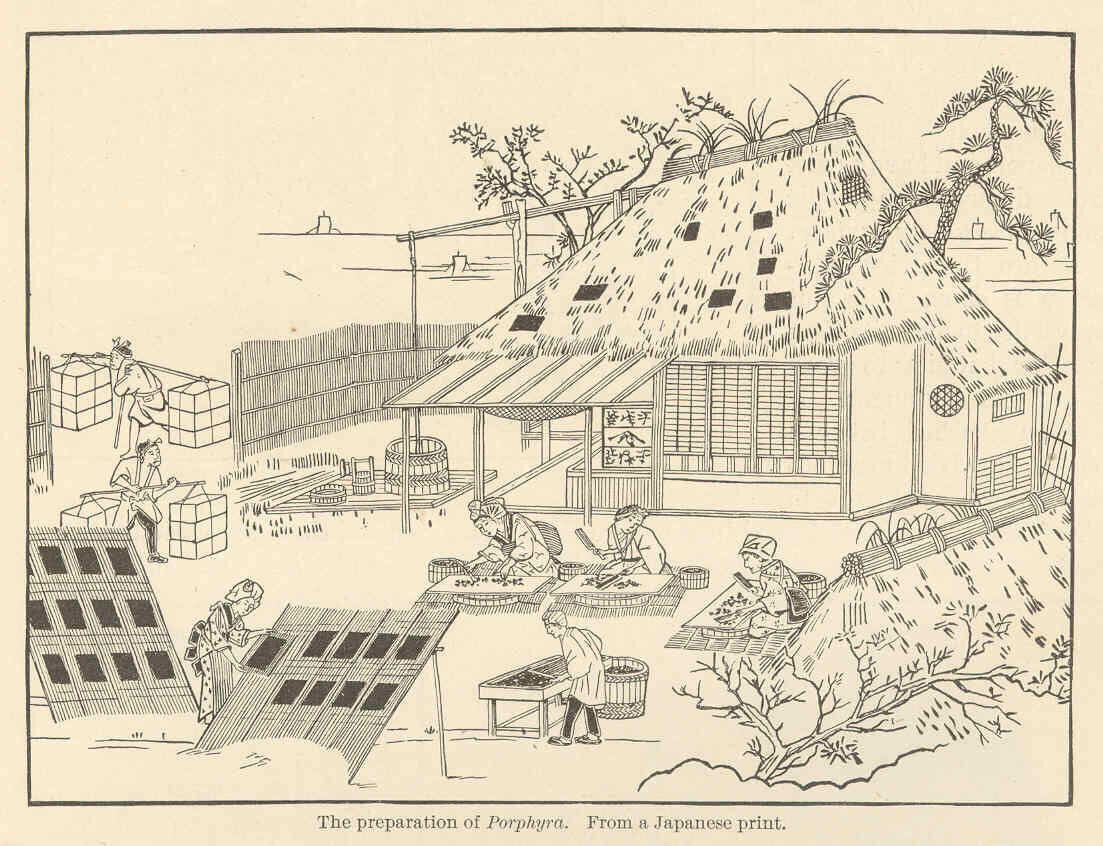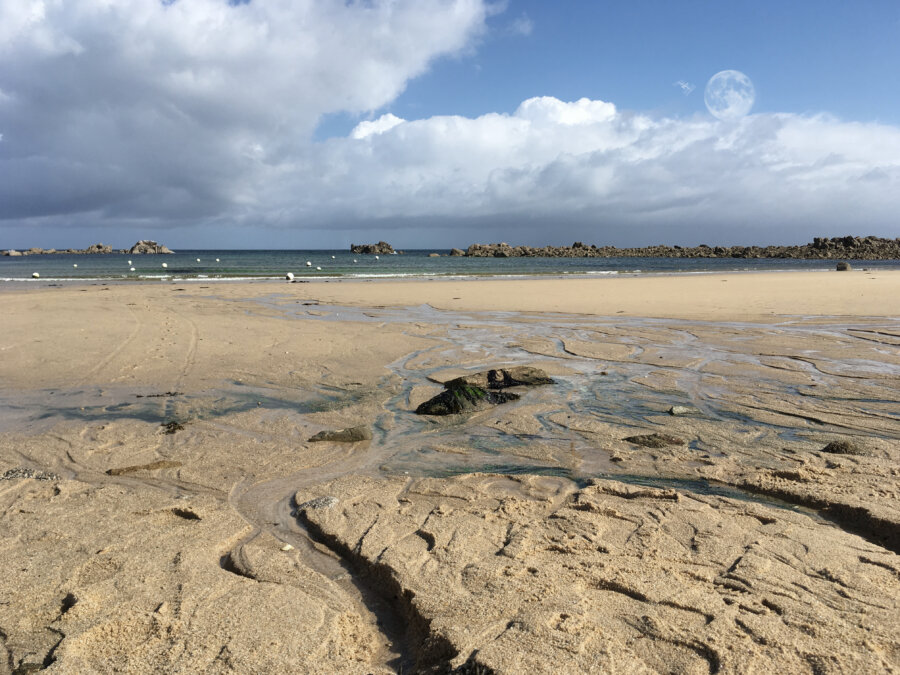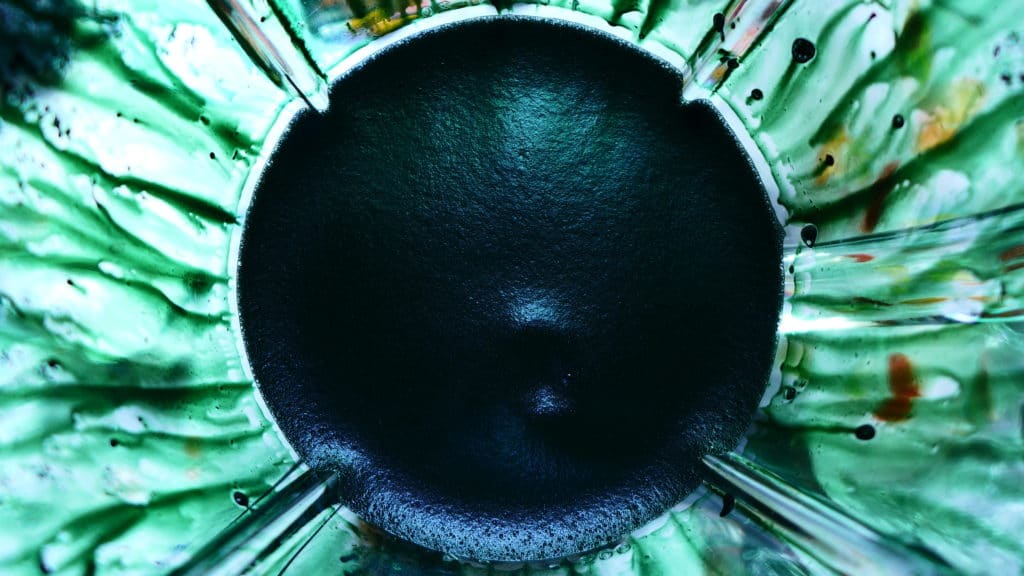In 1972, the atmospheric scientist James Lovelock undertook a scientific expedition aboard the research vessel Shackleton to measure the level of dimethyl sulphide (DMS) in the atmosphere at different points of the globe. DMS is the most abundant organosulfur compound in seawater and is naturally produced via bacterial transformation. Volatile, it is released into the atmosphere. Lovelock concluded that marine organisms play a major regulatory role in DMS release, revealing a climate feedback loop correlating DMS production by marine phytoplankton with cloud albedo. This observation led him to publish, that same year, the first article on the Gaia hypothesis, “Gaia as seen through the atmosphere”1. It is furthermore estimated that 50–80% of the Earth’s oxygen production comes from the ocean – from oceanic plankton, algae and some bacteria capable of photosynthesis. One species in particular, the cyanobacteria Prochlorococcus, which is the smallest photosynthetic organism of Earth, alone produces 20% of the oxygen in the whole of our biosphere. This percentage is higher than all terrestrial tropical forests combined, illustrating the extent to which phytoplankton and algae are important for the balance of the biosphere. But with the increase in green tides, harmful algal blooms and sargassum seas, algae and cyanobacteria have gained a bad reputation, even though these proliferations are caused by climate change, ocean acidification and global warming, chemical and nutrients discharges from deforestation, the petrochemical industries, industrial livestock farming and other anthropogenic causes. The urgency of the environmental crisis demands societal change – reducing the collective carbon footprint, embracing sustainable energies, food alternatives and new ways of living.
And yet, algae offer huge potential for overcoming the environmental catastrophes of the Anthropocene. Algae can be used as biofuels, biomaterials, pharmaceuticals and cosmetics. Their nutritional role is recognized, rich in proteins, minerals, fatty acids and vitamins. Cyanobacteria known as spirulina and the micro-algae chlorella are promising food alternatives, and the food cultures of northeast Asia did not wait for the environmental crises of the 20th century to embrace macro-algae such as kombu, wakame and porphyra (nori) in their diets. The umami flavor of kombu seaweed was discovered in the early 20th century. Control of the lifecycle of nori seaweed by the British scientist Kathleen Drew-Baker2 after World War Two helped save a food industry devastated by the bombing of Japanese seabeds at a time when the population was sorely in need of food, following the nuclear catastrophes in Nagasaki et Hiroshima. A more recent scientific study conducted at the Roscoff Biological Station in the French department of Finistère3 even described how the microbiota of the Japanese has undergone evolutionary lateral gene transfer to better digest nori. So then, how might algae be better incorporated into the global diet? How might we consume more algae around our tables?
In marine life, many species (the sea slug Elysia Chlorotica, zebrafish, Costasiella Kuroshimae or leaf sheep, etc.) have even successfully incorporated microalgae into their tissue over the course of their evolution in order to benefit from their photosynthesis. The evolutionary biologist Lynn Margulis was fond of mentioning Symsagittifera roscoffensis, the Roscoff marine worm from Brittany, a wholly photosymbiotic species that ingests but does not digest its symbiotic micro-algae, keeping it in its tissue and surviving entirely through its photosynthesis. In Microcosmos, Margulis and Dorion Sagan speculate on this animal-algae, expanding reflection toward a future “Homo Photosyntheticus” of the human species, a future in our evolution in which humans would become fully phototrophic, a human-plant with no need to feed4, thus approaching the early speculations of Vladimir Vernadsky, the scientist who defined the notion of the Biosphere in the 1920s. More recently, these marine photosymbioses have inspired medical and biomedical research. Many research teams are trying to take advantage of this photosymbiotic logic to integrate micro-algae on or in damaged human tissue for regeneration through their photosynthesis5. The speculations of Margulis and Vernadsky6 have also inspired speculative bio-artists and science fiction writers. From Quimera Rosa7 to Špela Petrič and Robertina Šebjanič8, from Ursula Le Guin to Kim Stanley Robinson9, it is a future “Homo Photosyntheticus” that seems to be opening up to humankind.
So how to draw inspiration from this speculative shift to a “Homo Photosyntheticus”? Margulis and Sagan envisioned it as enabling humans to become multi-planetary. The European Space Agency’s MELISSA (Multi-Ecological Life Support System Alternative) program10 is considering circular systems for life on other planets, imagining the cultivation of spirulina as an alternative food and oxygen source11. The Multicellular Marine Models12 laboratory at the Roscoff Biological Station is planning to study the Roscoff worm in space to better understand its photosymbiotic life cycle and its tissue regeneration capacities13. Why? Perhaps because we still only know far too little about the oceans, holobionts and the life of algae, these protists that are “queering” conventional taxonomy. Is the objective to go from the ocean floor to outer space and back to Earth, the ocean planet? To finally leave the Anthropocene and enter this Chthulucene14 that the philosopher and zoologist Donna Haraway is calling for?
These few words summarize the artistic research topics we have been exploring and expanding upon since 2021 in various forms: writing, videos, workshops, conferences, installations, art objects and performances. They are also nourishing a creative documentary now being made. Over the course of this new edition of PALM, our propositions will allow you to grow familiar with some aspects of this research through writings and videos: interviews with artists Špela Petrič and Robertina Šebjanič, art collective Quimera Rosa, scientists from the European Space Agency’s MELISSA program, and professor Hideo Iwasaki, director of the metaPhorest bioaesthetics research platform at the University of Waseda in Tokyo, as well as a film journal on the memorial to Kathleen Drew-Baker in Kumamoto, on Kyushu island, Japan.
Ewen Chardronnet & Maya Minder

Vol.24, 1904, Washington, DC: Government Printing Office, p. 160. Domaine public.
1 J. E. Lovelock, “Gaia as seen through the atmosphere”, P. Westbroek & E. W. deJong (eds.), Biomineralization and Biological Metal Accumulation, D. Reidel Publishing Company, 1983, pp.15-25. Online at: http://www.jameslovelock.org/gaia-as-seen-through-the-atmosphere/
2 Drew, Kathleen M. “Conchocelis-phase in the life-history of Porphyra umbilicalis (L.) Kütz”. Nature. Vol. 164, 4174 (1949): 748–749. Online at: https://www.nature.com/articles/164748a0
3 Hehemann, Jan-Hendrik et al. “Transfer of carbohydrate-active enzymes from marine bacteria to Japanese gut microbiota.” Nature vol. 464,7290 (2010): 908-12. Online at: https://www.nature.com/articles/nature08937
4 Lynn Margulis and Dorion Sagan, Microcosmos. Summit Books, 1986.
5 Chávez, Myra N et al. “Photosymbiosis for Biomedical Applications.” Frontiers in bioengineering and biotechnology vol. 8 577204. Oct. 6, 2020.
6 Vladimir Vernadski, “L’autotrophie de l’humanité”, Revue générale des sciences pures et appliquées, 36, 1925.
7 Interview forthcoming in PALM.
8 Interview forthcoming in PALM.
9 Kim Stanley Robinson, Oral Argument: A Short Story, 2015. Online at: https://www.kimstanleyrobinson.info/content/oral-argument-short-story
10 Interviews forthcoming in PALM.
11 See https://www.melissafoundation.org/
12 See https://www.sb-roscoff.fr/fr/equipe-modeles-marins-multicellulaires
13 The artists are collaborating with this laboratory for the Roscosmoe project. See https://roscosmoe.org/why-did-the-worm-want-to-go-to-space/
14 Donna J. Haraway, Staying with the Trouble, Duke University Press, 2016.


